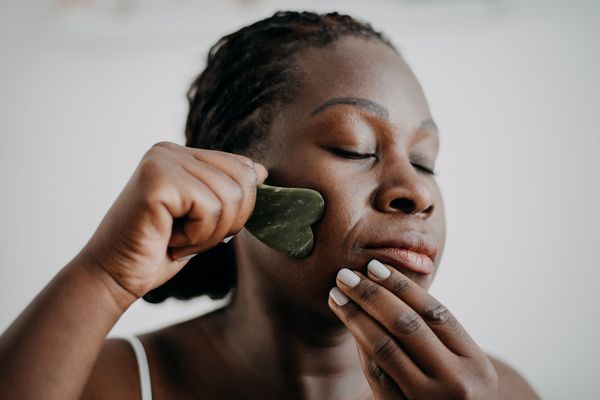What is it? Dermal fillers can help replace the volume in your face that is lost with age. These are injected into the lines and wrinkles in your face to plump them up and provide a more youthful look. There are several types of fillers available:
| Top Five Nonsurgical Cosmetic Procedures: |
- Hyaluronic acid (Juvederm Ultra XC/Juvederm Ultra Plus XC, Perlane/Perlane-L and Restylane/Restylane-L, Puragen, Prevelle Silk). Hyaluronic acid is a sugar found in human skin that forms part of the matrix holding skin cells together. It is also a component in collagen. These products attract water like a sponge, filling and plumping the tissue.
- Microspheres (Artefill). These tiny, round plastic particles contain bovine (cow) collagen. They are primarily used for the deep folds of skin between your nose and mouth and to replace facial volume lost with age. They are not approved for use in the lips, and the body does not absorb them.
- Calcium hydroxylapatite (Radiesse). This mineral dissolves after a time and is absorbed by your body. It is injected in the form of a gel to fill in wrinkles between the nose and mouth and to provide more definition to thinning areas of the face.
- Poly-L-lactic acid (Sculptra). This product is thought to stimulate your own tissue to produce more collagen. Although it is synthetic, it is absorbed by your body and has no effect on your immune system. It has been used for years in orthopedic surgery. It may take several weeks, however, before you see significant results.
Who is it appropriate for? People who want to fill in facial wrinkles and folds. Dermal fillers may be used in other places such as hands and lips at a physician's discretion.
How is it done? The filler is injected into your face, sometimes within the skin, other times beneath the skin's layers. It takes less than an hour.
What is the pain factor? Some pain and swelling initially. Most fillers now contain lidocaine to reduce injection pain.
How long does it last? Depends on the type of filler used and where it is injected. Most last six to nine months, but some may last up to a year.
Who does it? Best done by a trained plastic surgeon or dermatologist.
Risks and warnings: Hyaluronic acid is a naturally occurring substance in our bodies, and these fillers do not require allergic testing. For dermal fillers made from animal products though, you may need a skin test to see if you're allergic. Other potential risks include bruising, swelling, lumpiness, infection, redness and inflammation. In rare cases, the skin itself may die if the filler blocks a blood vessel. You should also tell your doctor if you take aspirin or other blood thinners, as you may need to stop taking them before the procedure to reduce the risk of bleeding and bruising.
Cost:
- Calcium hydroxylapatite: $712
- Human collage: $673
- Hyaluronic acid: $558
- Calcium hydroxylapatite: $900
- Poly-L-lactic acid: $2,300
Recovery time and considerations: No downtime.
What to know before you go:
- You'll need to stop taking aspirin or other blood thinners a week before your procedure.
- You may have redness or bruising for up to a week after the procedure.







